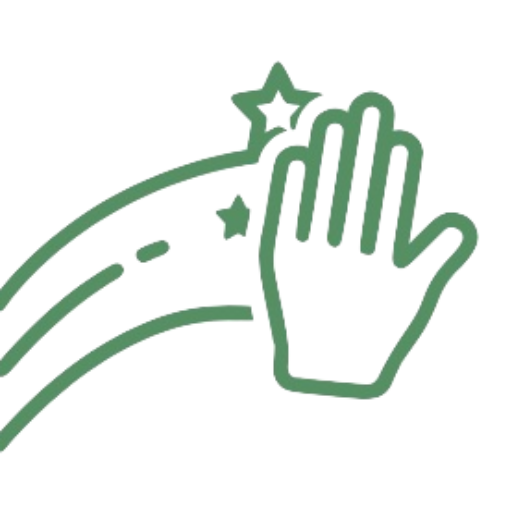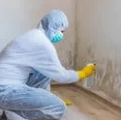Mold Removal in Fallston, MD Maryland 21047
Do you require a Licensed Mold Removal Company ASAP?
Call 1-888-217-6019 now.
Expert assistance is just one phone call away.
Simple Signs That You Could Have a Mold Problem
- A sour smell. It's a unique smell. Even if it's impossible to see anything, you still know it's there.
- visible microbial growth. Dark splotches on the walls, ceiling, floors, or baseboards. Spots in the ceiling may suggest a leaky roof, burst pipe, or condensation in ductwork. Dark patches or brown or black mold that are visible on the walls may indicate cracks or burst pipe that is hidden behind the drywall. This may be an ongoing leak, however the damage will only become worse.
- Soft moist areas on the Floors, Walls or Ceiling. This could suggest that the microbial growth is present. Mold may not be visible right now but it may be hiding behind the drywall, on the supportive studs, under floors, or in the roof of your home.
-
Sudden Unexplained illness.
Nagging coughing, headaches, nausea or feeling sick only you are at home or in certain places. These symptoms that persist could indicate that mold is present. The four groups that are most vulnerable to the effects of mold are:
- Children
- Senior citizens
- Immune Deficient
- Women who are pregnant
- Recent water Event. The spores require water to grow, so a recent water leak or flood, or sewer back-up could have triggered the necessary water activity required in order to support mold growth.

Superior Mold Removal
Fast, reliable mold removal services for a cleaner home and a healthier family. Certified experts, advanced equipment, and professional results. Call today!
Phone: 1-888-217-6019
FEATURED
Professional mold removal companies have the equipment, staff with the right and the training and expertise to deal with mold problems from the beginning to the ending. They can pinpoint your problem, identify the best plan of action and start right away.
Trained and certified technicians are able to provide the services needed to ensure your home safe for your family again.
Professional mold removal services typically consist of:
Water:
- Water Damage Restoration
- Water Extraction
- Flood Damage Repair
- Dehumidification
Mold:
- Certified Mold Inspections
- Mold Damage Remediation
- Air Quality Testing
Areas served:
Mold removal services are usually accessible in various locations, including but not limited to location and its adjacent areas, and the region beyond.Contact Experts in Mold Removal 24/7
Contact for immediate assistance! 1-888-217-6019Proudly Serving location
A complete range of services including water damage restoration, inspection, and mold removal is offered. Call today for the comprehensive mold inspection in your home or business. An Indoor Environmental Professional (IEP) will determine the nature and extent of contamination in your property and assist you to restore it to an healthy condition.Typical 10 Step Procedure for removing mold
- Find the source. Find out the root of the water intrusion. The source must be identified and remedied in order to prevent the water intrusion from repeating itself.
- A visible inspection of the Water Damage. Expert technicians inspect for visible microbe growth, looking in places that might be overlooked.
- Diagnostic Testing. The equipment is specially designed to "sniff out" invisibly mold which may be hiding behind walls, on stud framing and drywall. Mold testing devices ensure thorough identification. When necessary, air sample tests are conducted by a certified mold assessor or Indoor Environmental Professional (IEP). The IEP takes samples and test every suspected room. Every mold is not the same, and the right tests can distinguish dangerous mold from merely nuisance mold.
-
Establish Containment.
Protecting the household and the rest of the home against the airborne mold spores by establishing containment. This provides the safe border to allow removal work to begin. The kind of containment employed will differ in accordance with the location of contamination:
- Source: small areas of contamination less that 10 sq. ft. Bagged and removed.
- Local: one room that can be closed off and remedied, usually 10 sq. feet. up to 100 sq. ft.
- Full-Containment areas that require an interim containment barrier in order to prevent cross-contamination. The barrier is used to isolate the entire area or several rooms.
- Air Filtration. Installation of portable air filtration units to cleanse the air and enhance air quality in the home. The protection of the family from airborne pathogens is achieved through the establishment of negative air pressure between the air-contaminated zone and the remainder of the home.
- Get rid of the Mold. Behind safety barriers, technicians start to remove materials affected by mold. This may include baseboards, drywall and sinks, cabinets or counters, and flooring in kitchens. The removal of drywall from ceilings or insulation may be necessary if the roof leak occurred. It might include removing tubs or fixtures in the bathroom if the water has been able to penetrate the walls because of leaky pipes. Skilled technicians are meticulous in conserving what can be saved while making sure removal of all evidence of mold.
- Treatment for Mold. Once the damaged materials are removed, professional grade treatment and removal products are employed, following IICRC guidelines. The rest of the surfaces are then cleaned and treated.
- Air Purification. Once removal and treatment is complete, air purification is performed for several days.
- Post-Remediation Air Sample Testing. Once the air purification process is completed after the air purification protocol is completed, after the post-remediation air sample testing will be carried out and must be given an acceptable grade through the IEP.
- Equipment Removal. When after post-remediation testing is completed and air tests are accepted by an certified mold assessor or IEP, containment barriers and equipment are removed. This leaves a clean palette for bringing in contractors to repair flooring or flooring or redesign the kitchen or bathroom as required.
What to Look for When hiring a Mold Remediation Company
- The Right Price A reputable mold removal firms will never cost more than required. They thoroughly inspect homes and suggest the work necessary to restore the home to the healthy state. Be cautious of companies that might overcharge you or bill you for pad costs.
- The Right Ethics Choose reputable businesses in the location and the surrounding areas. They should offer fair prices and only recommend work that is absolutely necessary for you to restore your home and ensure your family's safety. Reputable companies stand behind their work completely.
- The Right Time NOW! When you have mold and you're concerned about it, you'll want it gone quickly. Get someone in touch to start the drying process to determine the cause, and begin testing to determine how to fix the problem.
- The right practices Ensure that the mold removal company utilizes safe practices to protect your family. For example, appropriate methods like HEPA vacuuming for dust/spore control are always preferable over misting, which can introduce more moisture into the zone.
- The Credentials You Need Look for technicians certified in WRT (Water Restoration Technician), ASD (Applied Structural Drying), and AMRT (Applied Microbial Remediation Technician).
- The Right Team Professional teams operate in accordance with the highest standards at all times. From the very first phone call up to the post-remediation inspection, they should treat every customer like family and each home as if it is their own.
We're Here To Help!
Phone us now: 1-888-217-6019
Updated February 18, 2025
